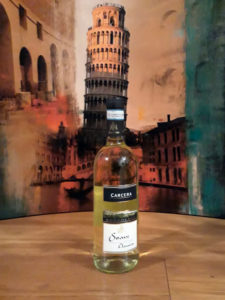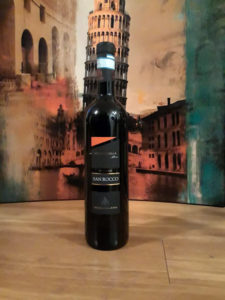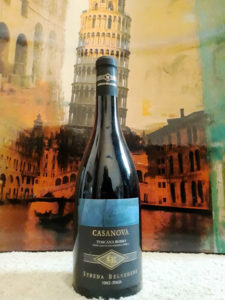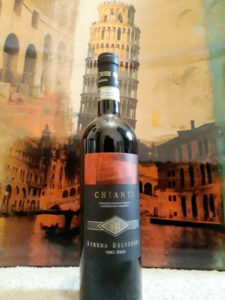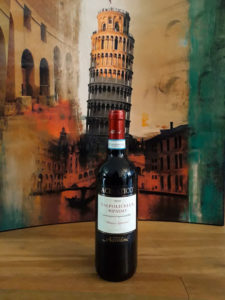Piedmont, in the far north-west of Italy, enjoys an unrivaled seat among the world’s very finest wine regions. Although famous for its austere, tannic red wines made from Nebbiolo, Piedmont’s greatest success story in the past decade has been sweet, white, sparkling Moscato d’Asti.
Barbera
- Drink By: Typically best within the first 3 years.
- 70,000 Acres – Piedmont – Barbera is the most produced Italian red wine of Piedmont. Over 60% of the world’s Barbera vineyards exist in the region. Barbera almost always has a unique note of licorice in the taste, which is what makes it so unique. While American Barbera can be quite fruit-forward, Italian Barbera is often herbaceous with juicy acidity and tart black cherry flavors.
Nebbiolo
Drink By: Typically best after 7-10 years.
12,000 Acres – Piedmont – Piedmont’s most well respected red wine is actually quite tiny in terms of how much exists in the world. Just so you have a relative comparison, there are nearly 50 times more Cabernet Sauvignon grapes planted in the world than Nebbiolo. Nebbiolo has many regional names and styles.
Asti Wine
Asti is the name of a province, a town and a wine – all to be found in Piedmont, north-western Italy. The suffix d’Asti appears in the names of several wines from the Asti area, including the famous Moscato d’Asti – a refreshing, slightly sweet, sparkling white wine made from Moscato grapes.
There are several subtle differences between Asti and Moscato d’Asti. Moscato d’Asti is slightly sweeter, gently sparkling and has an alcohol content around 5% or 6%. Asti is semi-sweet, fully sparkling and has an alcohol content closer to 9%. Asti is spumante (min. 4 atmospheres of pressure) while Moscato d’Asti is frizzante (min. 1 atmosphere of pressure).
Almost all Asti is produced end-to-end in large, stainless-steel tanks, using what has become known as the ‘Asti Method’ (an extension of the Charmat Method). As soon as the Muscat grapes have been picked and brought to the winery, they are de-stemmed and pressed. The resulting must is filtered and kept chilled until required. The must is converted into wine by fermenting it in a pressurized tank. As yeasts convert the grape sugars to alcohol, carbon dioxide gas is produced as a by-product. This gas is remains ‘trapped’ in the wine, creating its all-important sparkle. When the alcohol level reaches around 8% or 9%, the wine is chilled and sterile filtered, removing the yeasts and thus stopping the fermentation.
Because Moscato d’Asti is designed to be sweet, light, delicate and floral, it typically takes the lion’s share of the finest, ripest grapes. This leaves the more acidic, greener grapes for the Asti wines.











